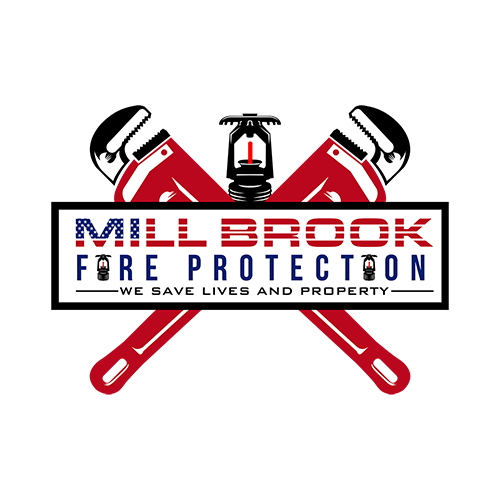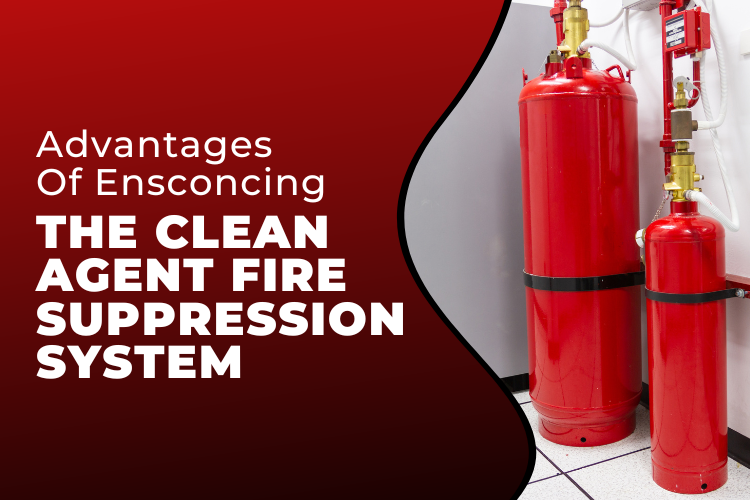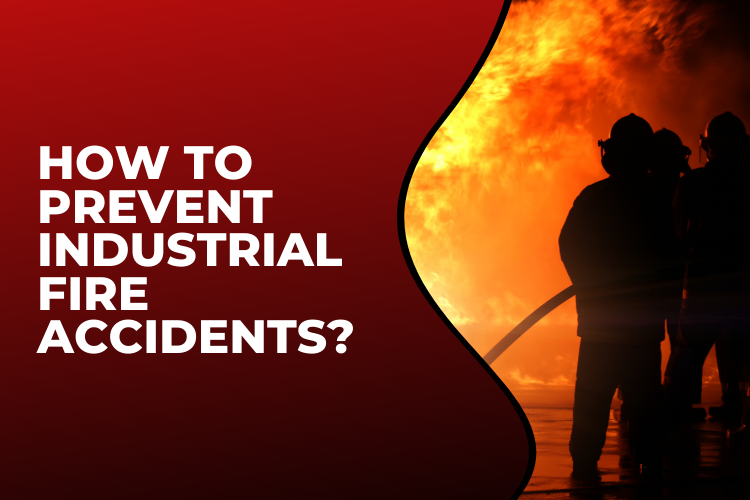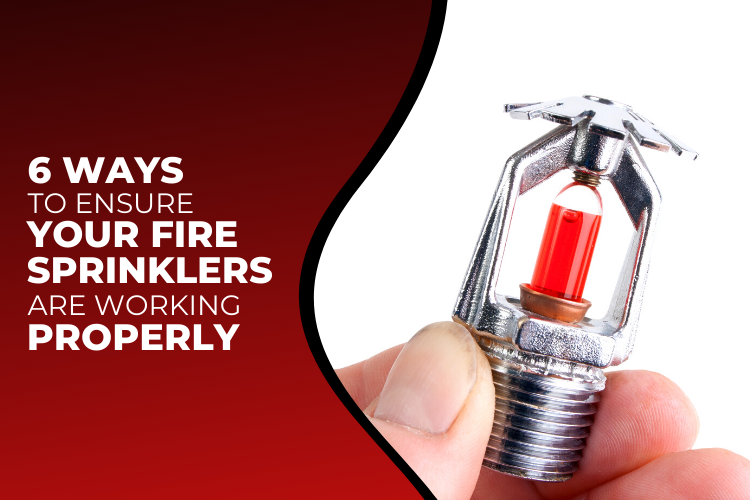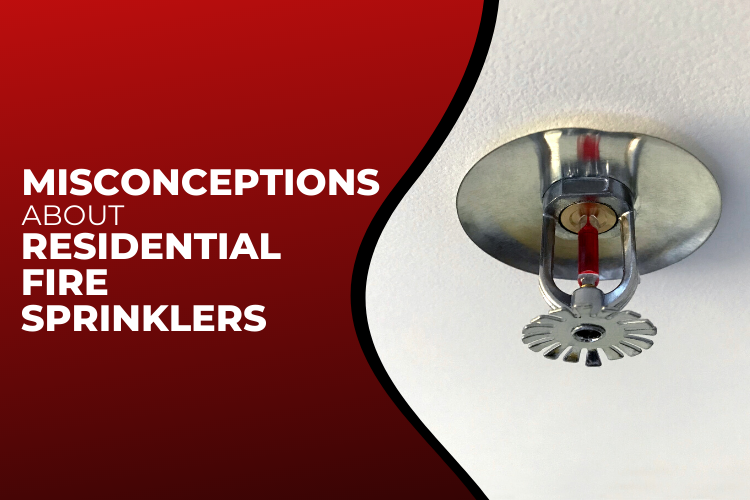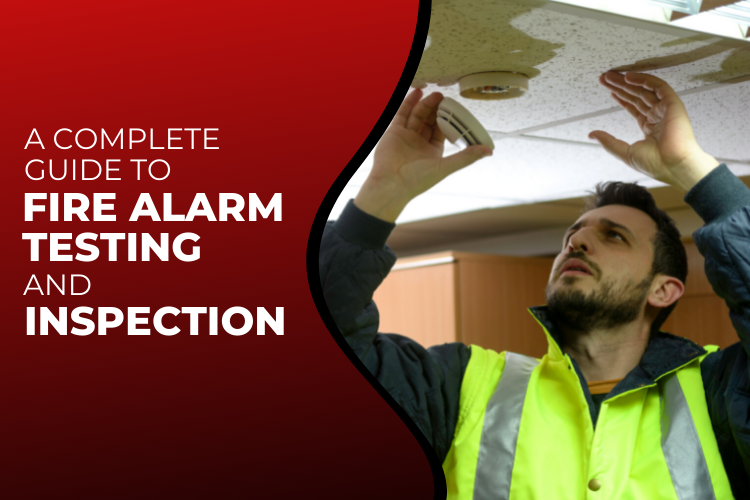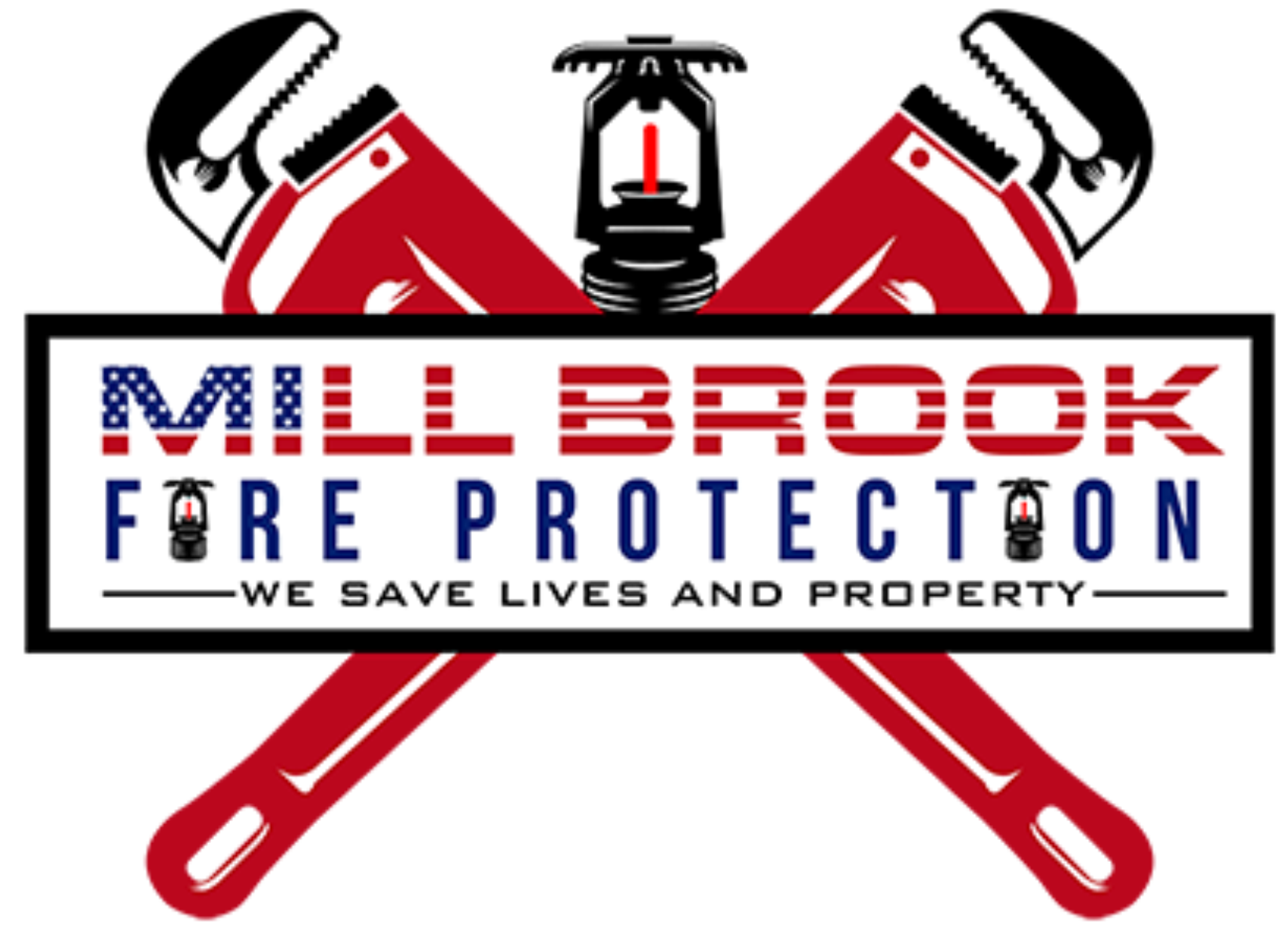
What are the Different Types of Fire Sprinkler Heads?
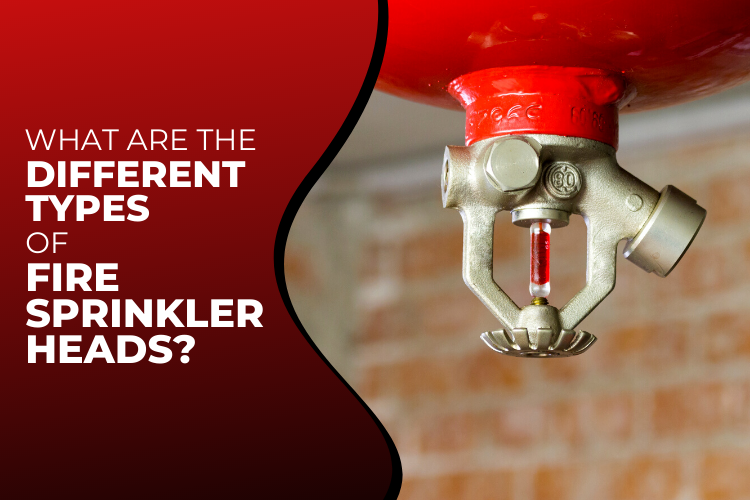
What is a Fire Sprinkler Head?
A Fire Sprinkler Head is one of the key elements of an entire fire sprinkler system. Installed in public places and private properties, these systems counter the effect of any fire caused in the area. And the fire sprinkler heads channel the water supply to spaces that have been affected by the flames of the fire or extreme temperature.
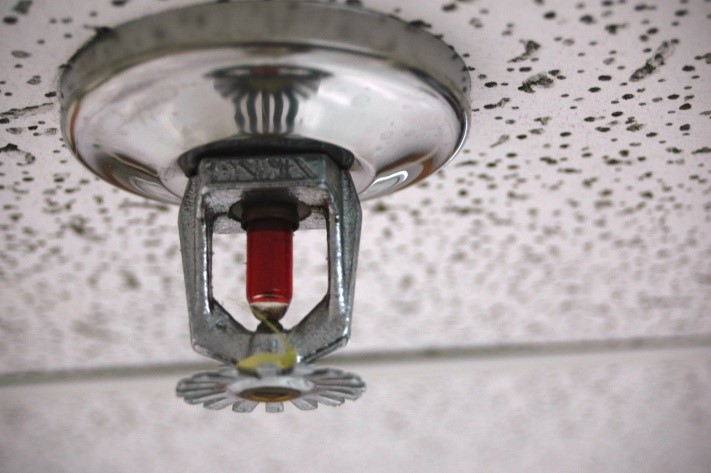 How Does a Fire Sprinkler Head Work?
How Does a Fire Sprinkler Head Work?
Fire sprinkler heads are composed of several intricate parts like:
(i) A plug to seal the water from flowing independently,
(ii) A heating element to set the temperature of the water,
(iii) A deflector disc to sprinkle the water evenly throughout the required area and,
(iv) A frame to set all the parts together.
(v) A glass bulb filled with Glycerin — which expands upon reaching a certain temperature, causing the water to spread throughout the area.
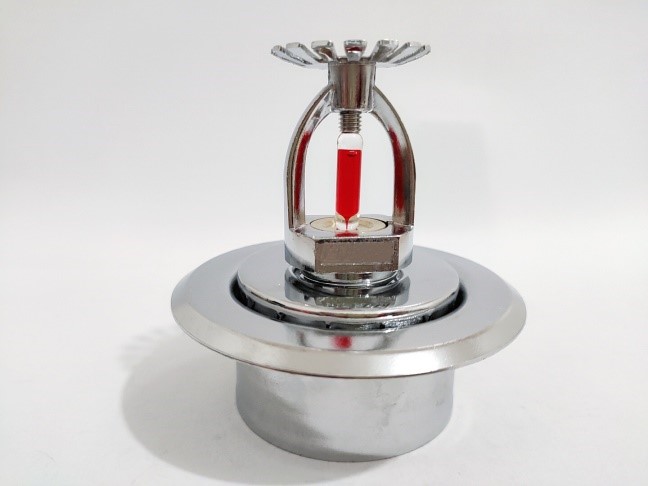
Types of Fire Sprinklers:
1. Pendent Sprinkler: A Pendant Sprinkler hangs from the ceiling attached to the water supply pipe. It sprays water in a conical pattern through a convex-shaped deflector disc.
• Aesthetics: Flush Fire Sprinklers are more aesthetic. They keep the functioning parts of the sprinkler out of sight. And these are similar to the concealed sprinklers but do not have a cover plate (to reinstall after the sprinkler discharges).
• Casting: Pendant sprinklers are created by the metal casting procedure — where the liquid metal is poured into a pre-made cast and is allowed to harden into the desired sprinkler shape.
2. Upright Sprinkler: An Upright Sprinkler sprays water upwards — forming a dome pattern over the concave-shaped deflector disc.
These sprinklers are installed in places that have a freezing temperature to prevent ice from forming on the sprinkler head.
• Aesthetics: Upright Sprinklers can catch our sight. So, to solve the aesthetic problems of the house — sprinkler heads with narrower bulbs and minimal frames are made available in the market.
• Early Suppression, Fast Response (ESFR) Sprinklers: ESPR sprinklers are designed to force water out with a lot of pressure to penetrate through any restricted areas during extreme fire situations.
3. Sidewall Sprinkler: A Sidewall Sprinkler Head is installed over the corners of the walls and places where the water supply through the ceiling is unavailable. These sprinklers have semi-circular deflectors which allow the water to spray in a crescent shape.
• Aesthetics: A sidewall sprinkler does not need to be aesthetically pleasing — as they are installed in places that are mostly out of sight.
• Coating: Aftermarket paints can ruin the sprinkler heads. And do you know the best part about Sidewall Sprinklers? All manufacturers offer protective coatings. These manufacturer-supplied coatings can extend the longevity of sprinkler heads by protecting them against corrosion.

4. Concealed Sprinkler: A Concealed Sprinkler Head is a cover plate placed on the sprinkler to hide it from eyesight. It is generally used on cover pendants and sidewall sprinklers.
• Aesthetics: Concealed Sprinklers are made solely for aesthetics —to match the décor of the area. These covers drop when the temperature is 20 degrees lower than that of the sprinkler itself (to allow it to activate freely).
• Coating: Concealed Sprinkler Heads serve the main purpose of covering the sprinklers — so they do not need any coating. But after the sprinkler goes off, it is essential to replace it with a manufacturer-approved cover plate.
Let’s Wrap It Up:
These are the main types of fire sprinkler heads and their aesthetics; all the other sprinkler heads generally come under these four heads.
The other types of fire sprinkler heads are:
• Extended Coverage Light Hazard (ECLH)
• Extra-Large Orifice (XLO)
• Vertical Sidewalls
• Mist Systems
Need more guidance on deciding which Fire Sprinkler Heads would be suitable for your premises?
Contact Mill Brook Fire Protection right now.
Millbrook Fire Protection provides fire sprinkler services for both residential and commercial buildings. So, if you have any inquiries you can contact us here.
